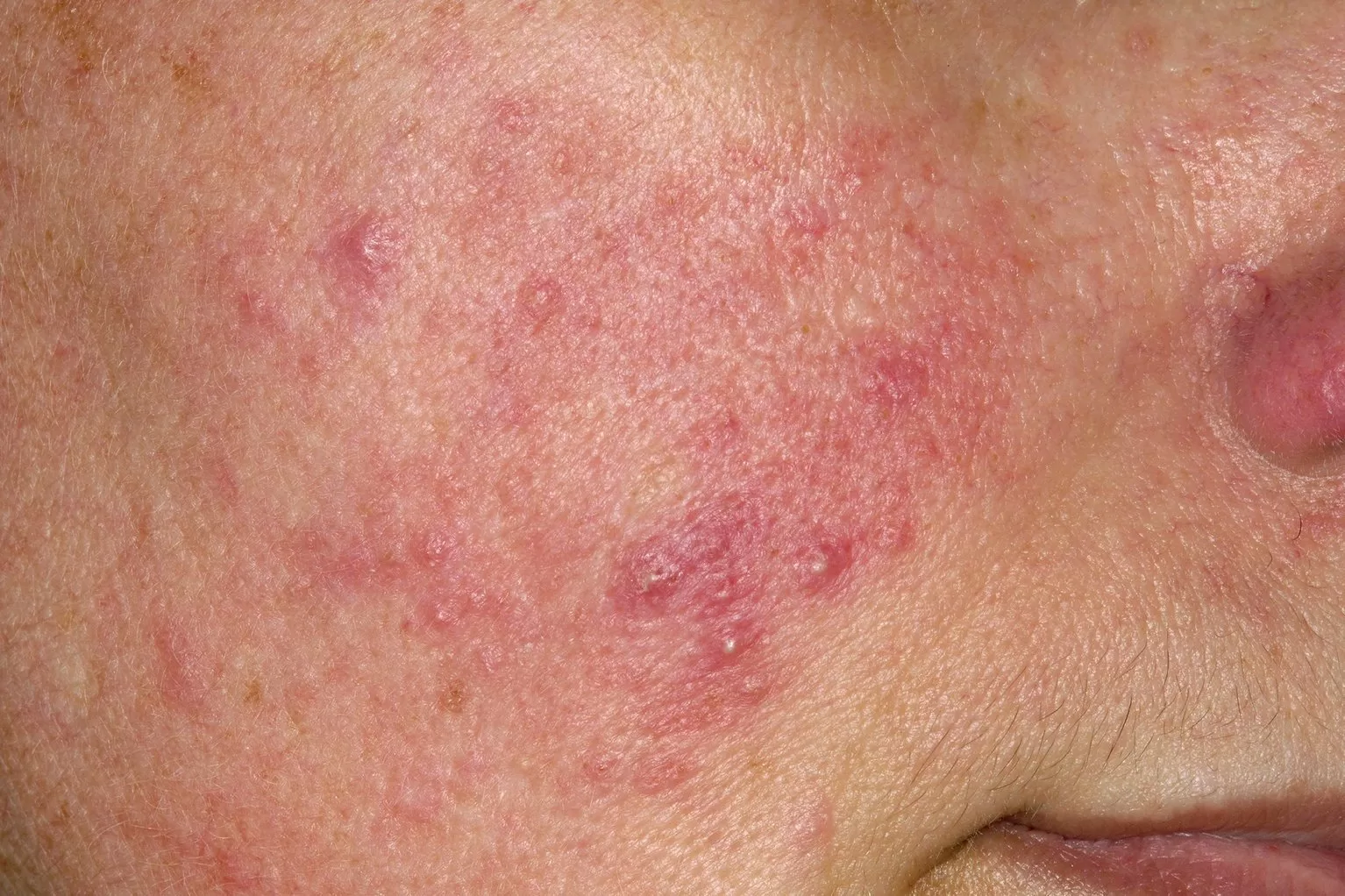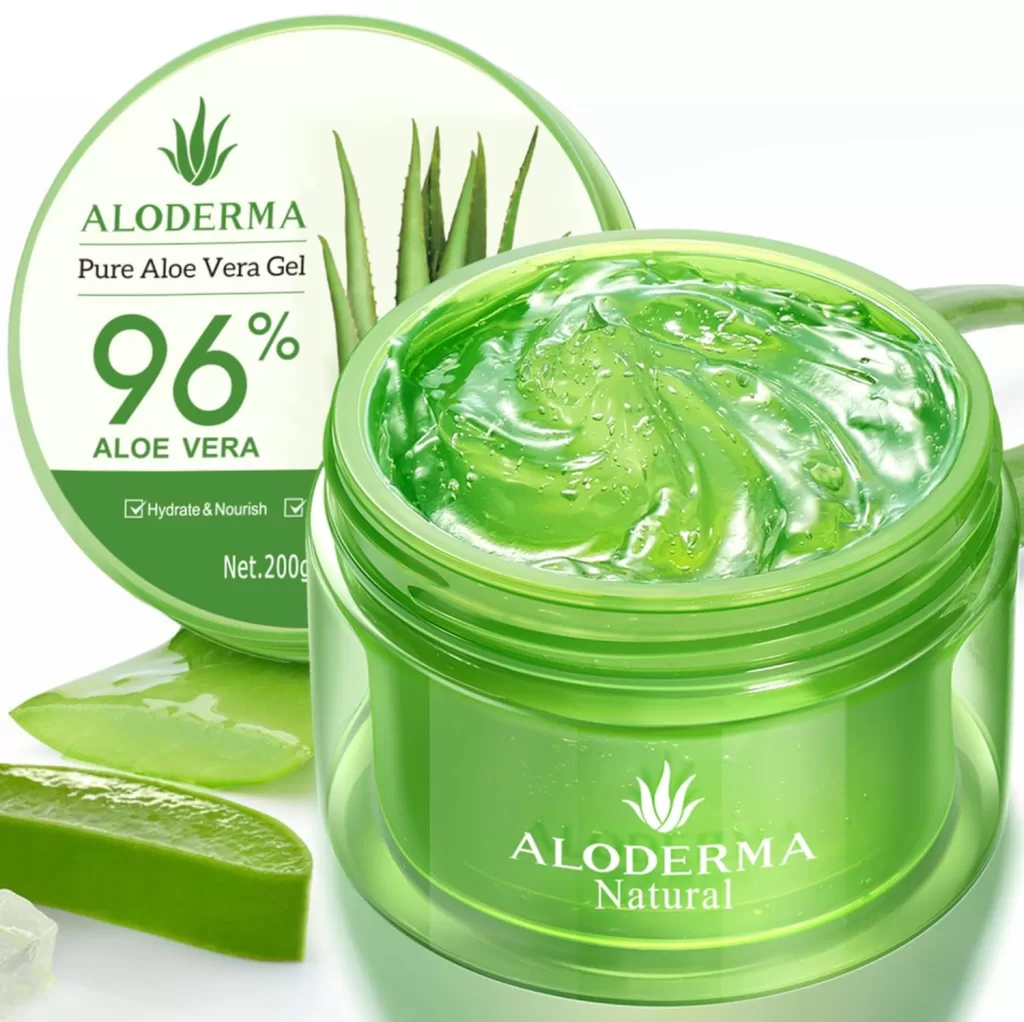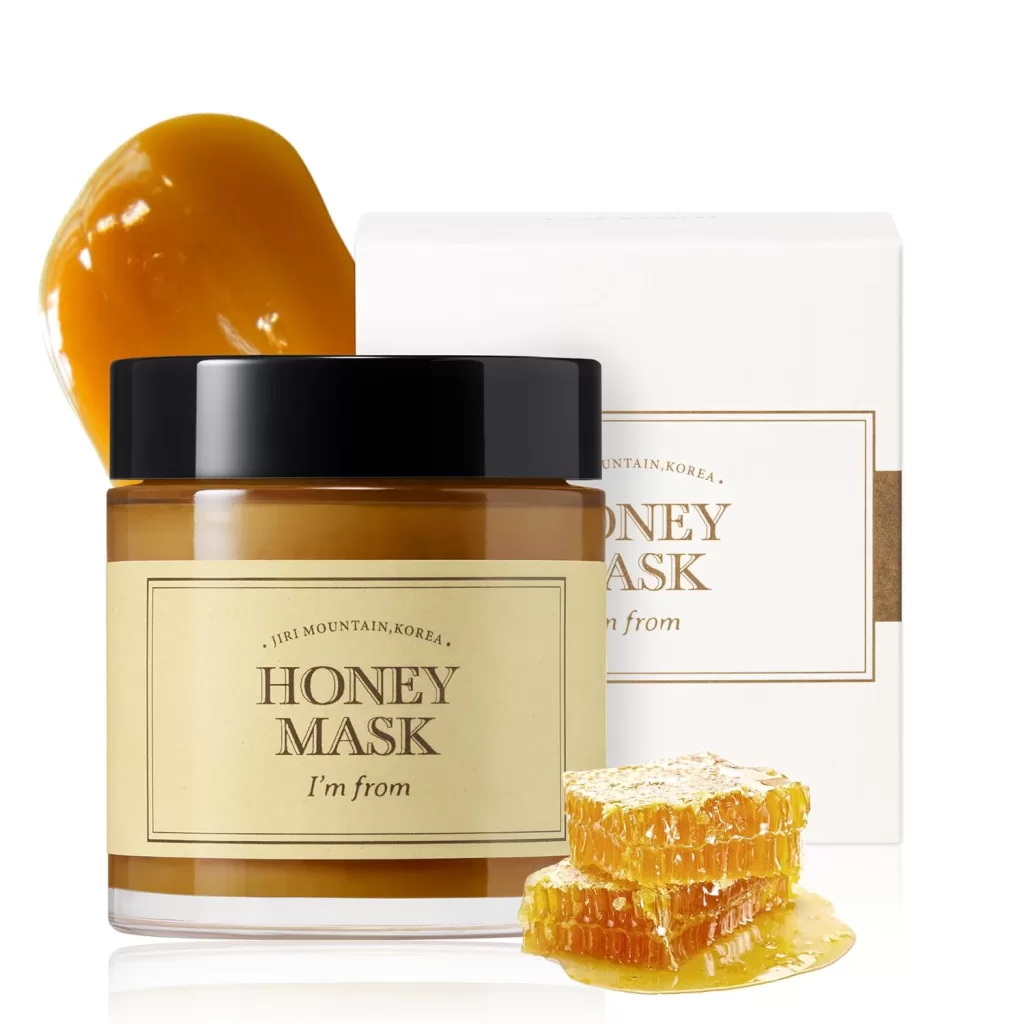How to Treat Rosacea and Control Redness Effectively
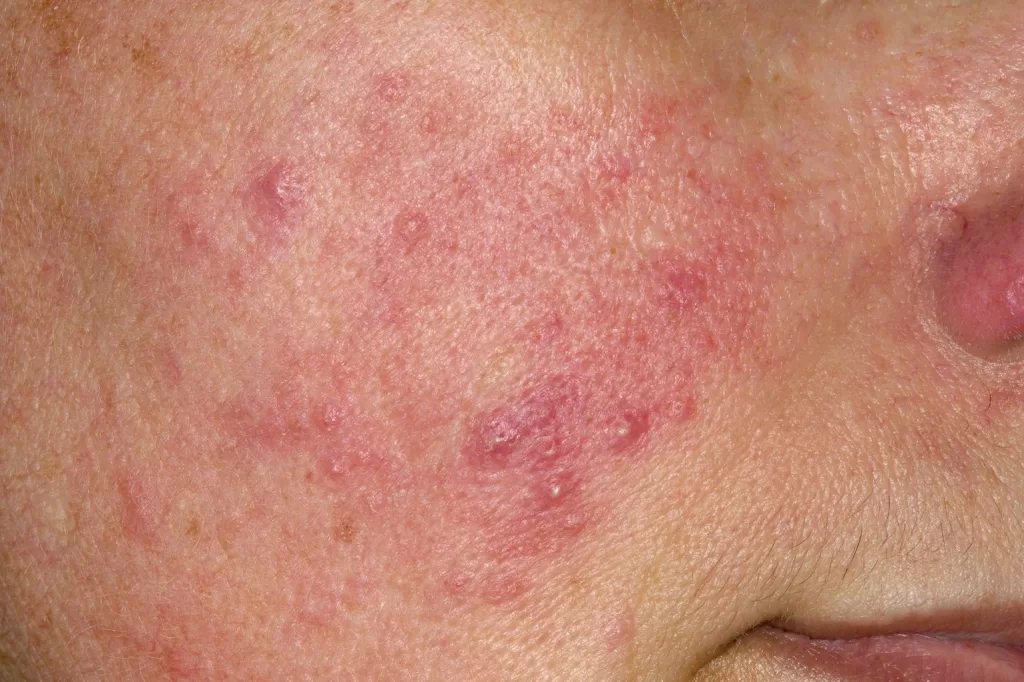
Rosacea is a common skin condition that causes redness, visible blood vessels, and sometimes small, red bumps. Though rosacea can’t be cured, it can be managed effectively with the right treatments. Learning how to treat rosacea and control redness is key to maintaining clear, healthy skin. In this article, we’ll explore various treatment options, skincare tips, and lifestyle changes to keep your rosacea under control and reduce irritation.
What is Rosacea and What Causes It?
Understanding rosacea and its triggers is the first step in managing redness and irritation.
The Basics of Rosacea
Rosacea is a chronic skin condition that primarily affects the face. It typically begins as redness on the cheeks, nose, forehead, or chin. Over time, this redness may become more persistent, and visible blood vessels can appear.
Common Triggers for Rosacea Flare-Ups
Flare-ups can be caused by a variety of factors, including sun exposure, hot drinks, spicy foods, stress, and even certain skincare products. Identifying your personal triggers is essential for minimizing flare-ups.
Different Types of Rosacea
Rosacea presents in different forms. These include erythematotelangiectatic rosacea (characterized by facial redness and visible blood vessels), papulopustular rosacea (acne-like breakouts), phymatous rosacea (thickening of the skin), and ocular rosacea (irritation in the eyes).
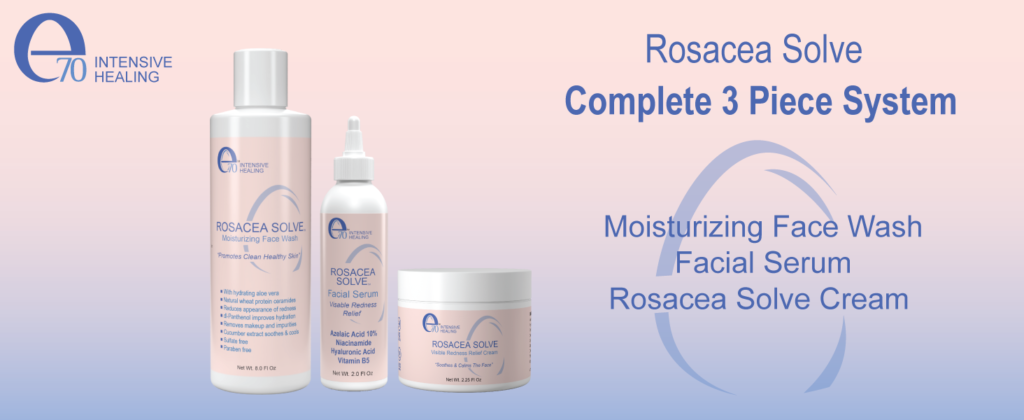
How to Treat Rosacea and Control Redness Naturally
Managing rosacea often starts with a consistent and gentle skincare routine.
Use Gentle Cleansers
Opt for fragrance-free and non-foaming cleansers to avoid irritating your skin. Products with soothing ingredients like aloe vera and glycerin can help cleanse without causing further redness.
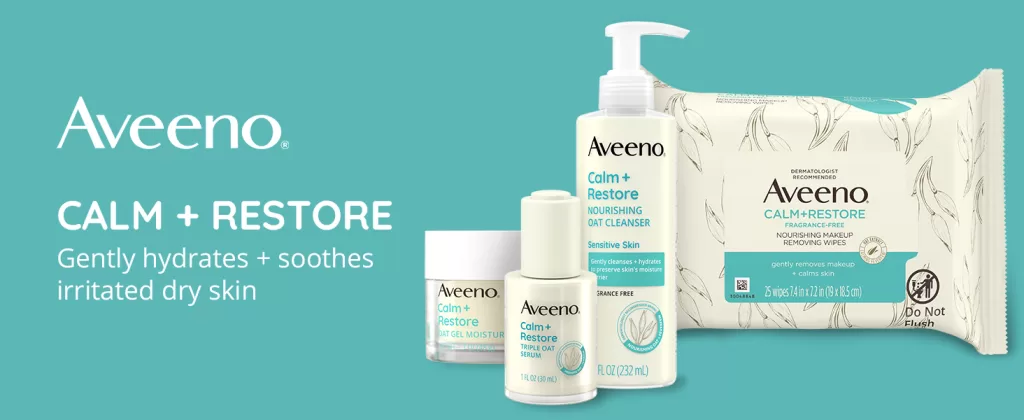
Moisturize Regularly to Reduce Redness
Moisturizing is key to maintaining the skin’s barrier and preventing dryness, which can exacerbate rosacea. Look for moisturizers with calming ingredients like ceramides, niacinamide, or green tea extract to soothe inflammation.
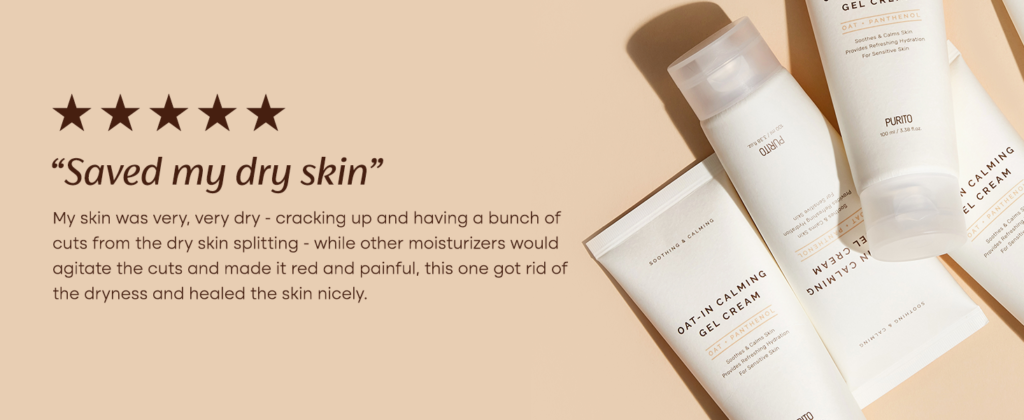
Apply Sunscreen Daily
Sun exposure is a common trigger for rosacea, making sunscreen a must in your daily skincare routine. Choose a mineral-based sunscreen with zinc oxide or titanium dioxide, as these ingredients tend to be less irritating.
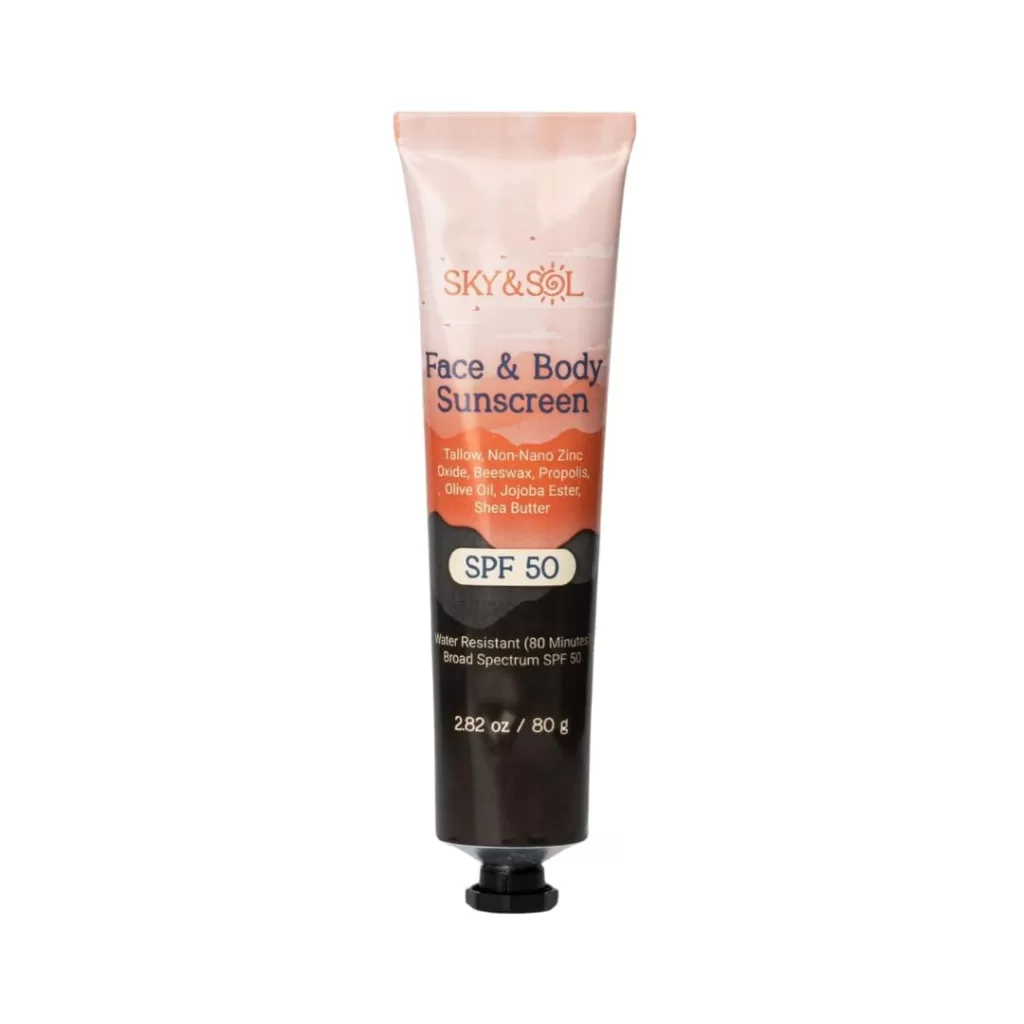
Sky and Sol Natural Mineral Sunscreen SPF 50 2.82 oz: Natural Tallow & Zinc Oxide, Reef Safe, Water Resistant, Fragrance-Free, Non-Greasy Formula for…
Medical Treatments to Treat Rosacea and Control Redness
While skincare plays a critical role in managing rosacea, there are also medical treatments available to help control symptoms.
Topical Treatments to Reduce Rosacea Redness
Topical treatments prescribed by dermatologists, such as metronidazole, azelaic acid, and ivermectin, can reduce redness and inflammation. These treatments are typically applied once or twice daily to the affected areas.
Oral Medications to Manage Rosacea
In more severe cases of rosacea, oral antibiotics such as doxycycline or isotretinoin may be prescribed to control inflammation and breakouts. These treatments can effectively reduce flare-ups when used as directed by a healthcare provider.
Laser Therapy to Treat Persistent Redness
Laser and intense pulsed light (IPL) therapy can be used to reduce visible blood vessels and persistent redness. These treatments are typically performed by dermatologists and can offer long-term improvements.
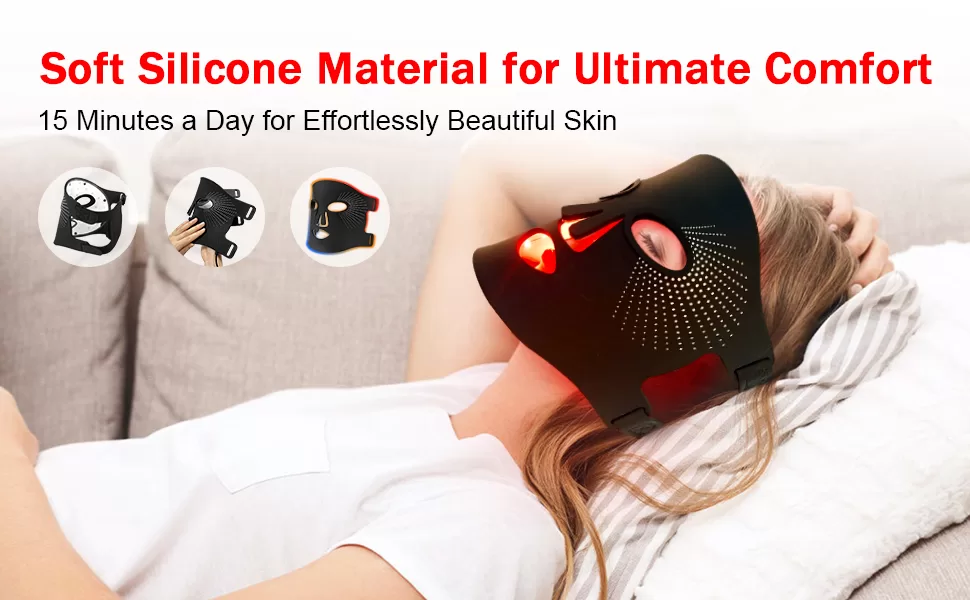
Lifestyle Tips to Help Control Rosacea Redness
Lifestyle changes are often necessary to keep rosacea under control. Identifying and avoiding triggers can significantly reduce flare-ups.
Identifying Triggers to Treat Rosacea
Since rosacea triggers can vary from person to person, keeping a diary of what you eat, drink, and do when flare-ups occur can help you identify patterns and avoid those triggers.
Stress Management for Rosacea and Redness Control
Stress is a common trigger for rosacea. Techniques like yoga, meditation, or regular exercise can help manage stress levels and, in turn, reduce flare-ups.
Adjust Your Diet
Certain foods and drinks, such as spicy foods, alcohol, and caffeine, can cause rosacea flare-ups. Limiting or avoiding these items may help control redness and irritation.

The Complete Crohn’s Disease AIP Diet Cookbook: 100+ Delicious Recipes to Reduce Inflammation and Heal Your Gut on the Autoimmune Protocol Diet for.
Natural Remedies to Treat Rosacea and Control Redness
In addition to medical treatments, some natural remedies can provide relief for rosacea symptoms.
Chamomile and Green Tea Compresses
Both chamomile and green tea have anti-inflammatory properties that can calm the skin. Applying a cooled tea compress to your face for 10-15 minutes can reduce redness and soothe irritation.
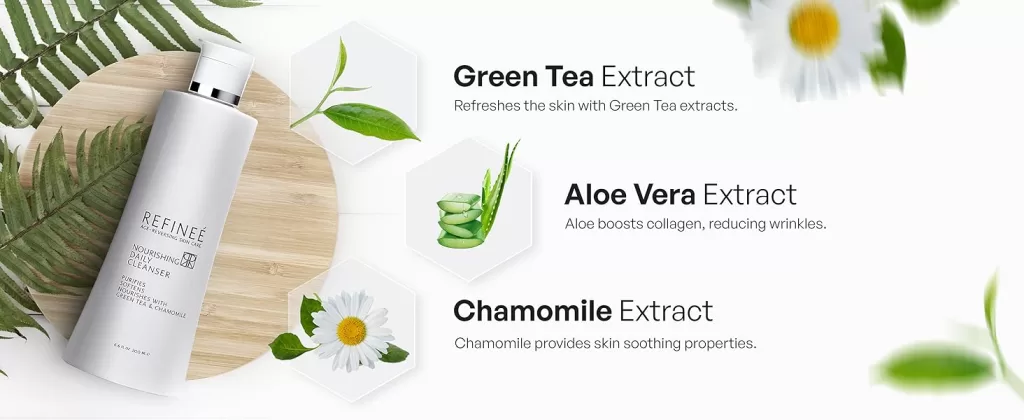
Aloe Vera Gel
Aloe vera is known for its soothing and moisturizing properties. Applying pure aloe vera gel to your face can help cool and hydrate the skin, reducing redness over time.
Honey Masks
Honey has natural antibacterial and anti-inflammatory properties, making it a great option for calming rosacea-prone skin. Apply a thin layer of raw honey to your face, leave it on for 20 minutes, and rinse with warm water.
When to Seek Professional Help for Rosacea
While mild rosacea can often be managed with over-the-counter products and lifestyle changes, more severe cases may require professional intervention.
Signs You Need to See a Dermatologist
If your rosacea is worsening despite treatment, if you experience frequent flare-ups, or if your eyes are affected (ocular rosacea), it’s time to seek a dermatologist’s care. They can prescribe stronger treatments or recommend laser therapy to control your symptoms.
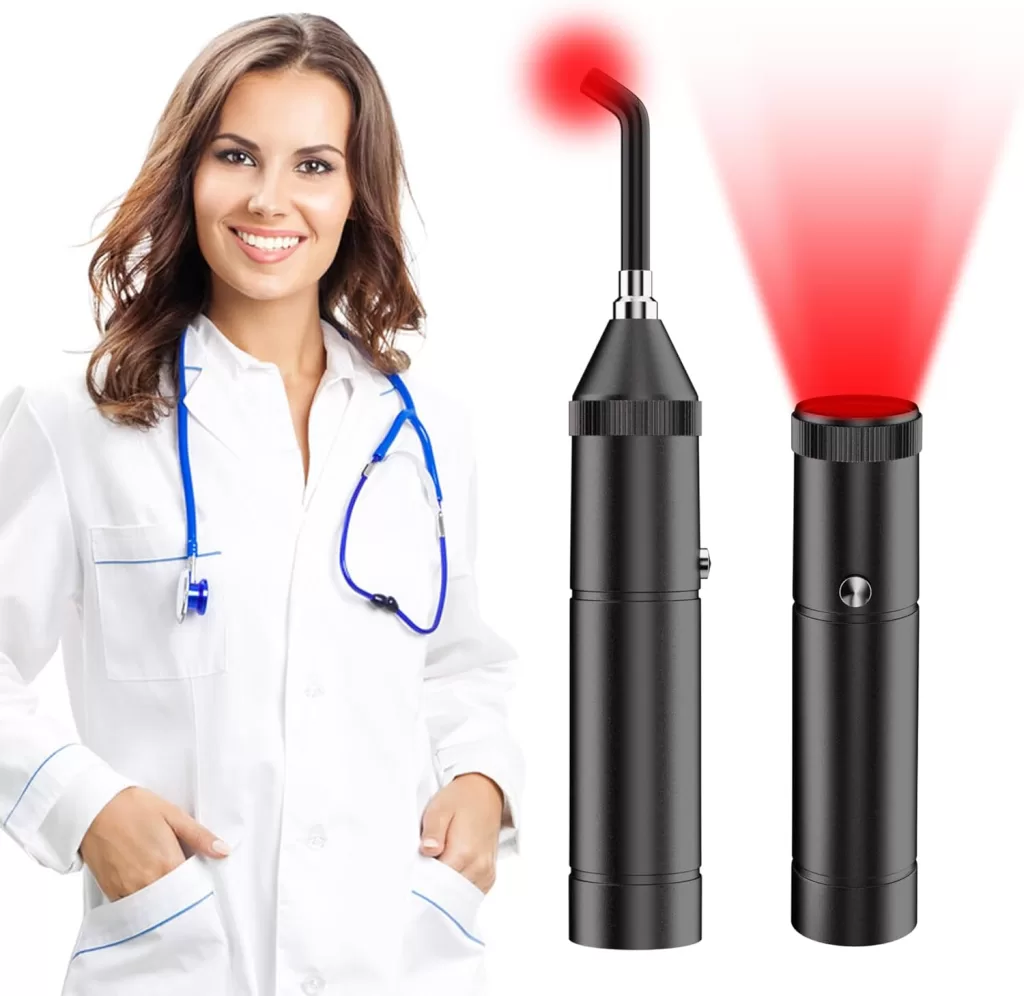
Red Light Therapy Device, Cold Sore Canker Sore Treatment Device, Infrared Light Therapy for Lips Mouth Nose Ear Knee Feet Hands Joint Muscle Nerve Pain.
Internal Links to Related Articles
Check out these related articles for more skincare advice:
External Resources for Further Information on How To Treat rosacea and control redness
For more information on rosacea treatments, visit:
Final Thoughts:
Managing rosacea and controlling redness can seem overwhelming, but with the right combination of skincare, treatments, and lifestyle changes, it’s possible to keep flare-ups under control. Whether through gentle skincare products, prescription treatments, or natural remedies, the key is to be consistent and mindful of your skin’s needs. Remember, everyone’s skin reacts differently, so finding the right approach for your rosacea may take time. If symptoms persist, consult a dermatologist for professional guidance. With patience and the proper care, you can reduce redness and achieve healthier-looking skin.
Explore more articles like this @ Where And How Resources
Share This Article:
If you found this article helpful, don’t forget to share it with your friends and followers! Use the buttons below to easily spread the word on your favorite social media platforms. Sharing is caring!

